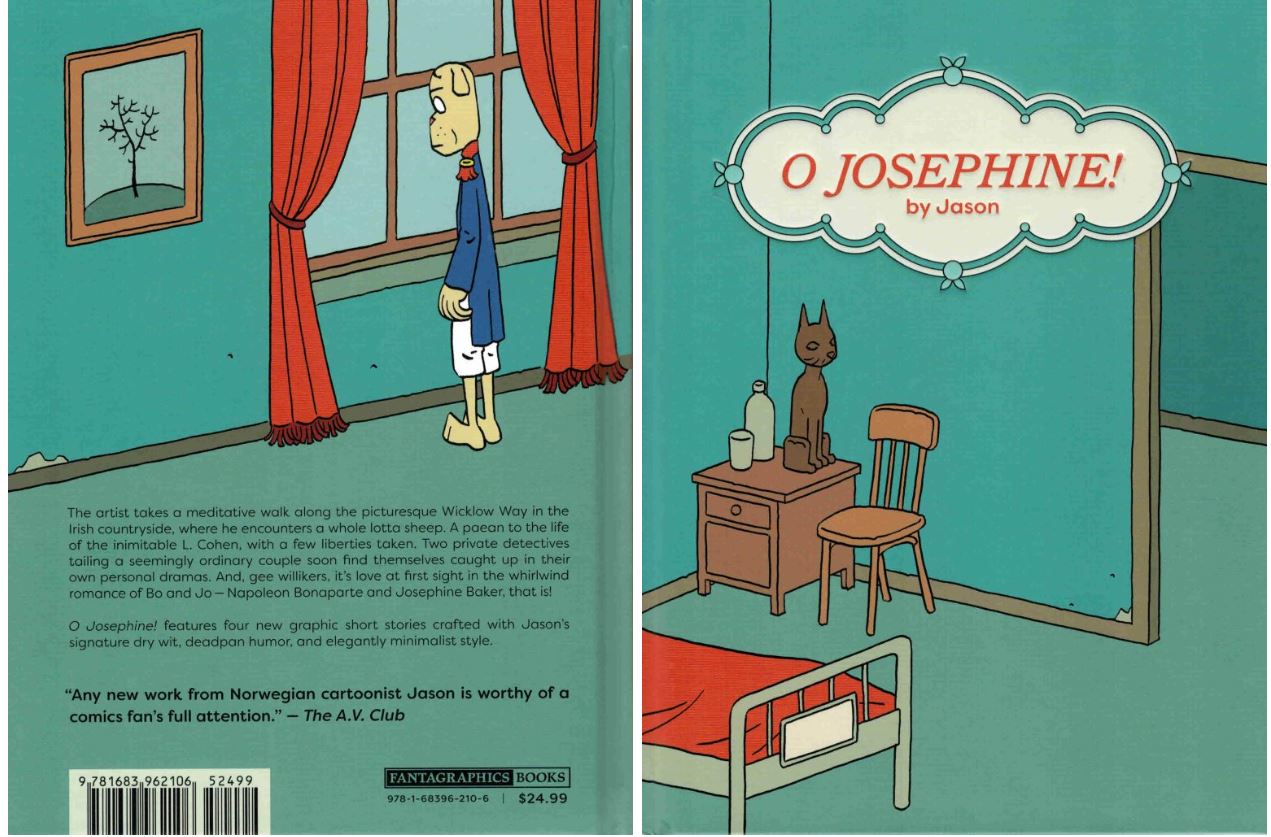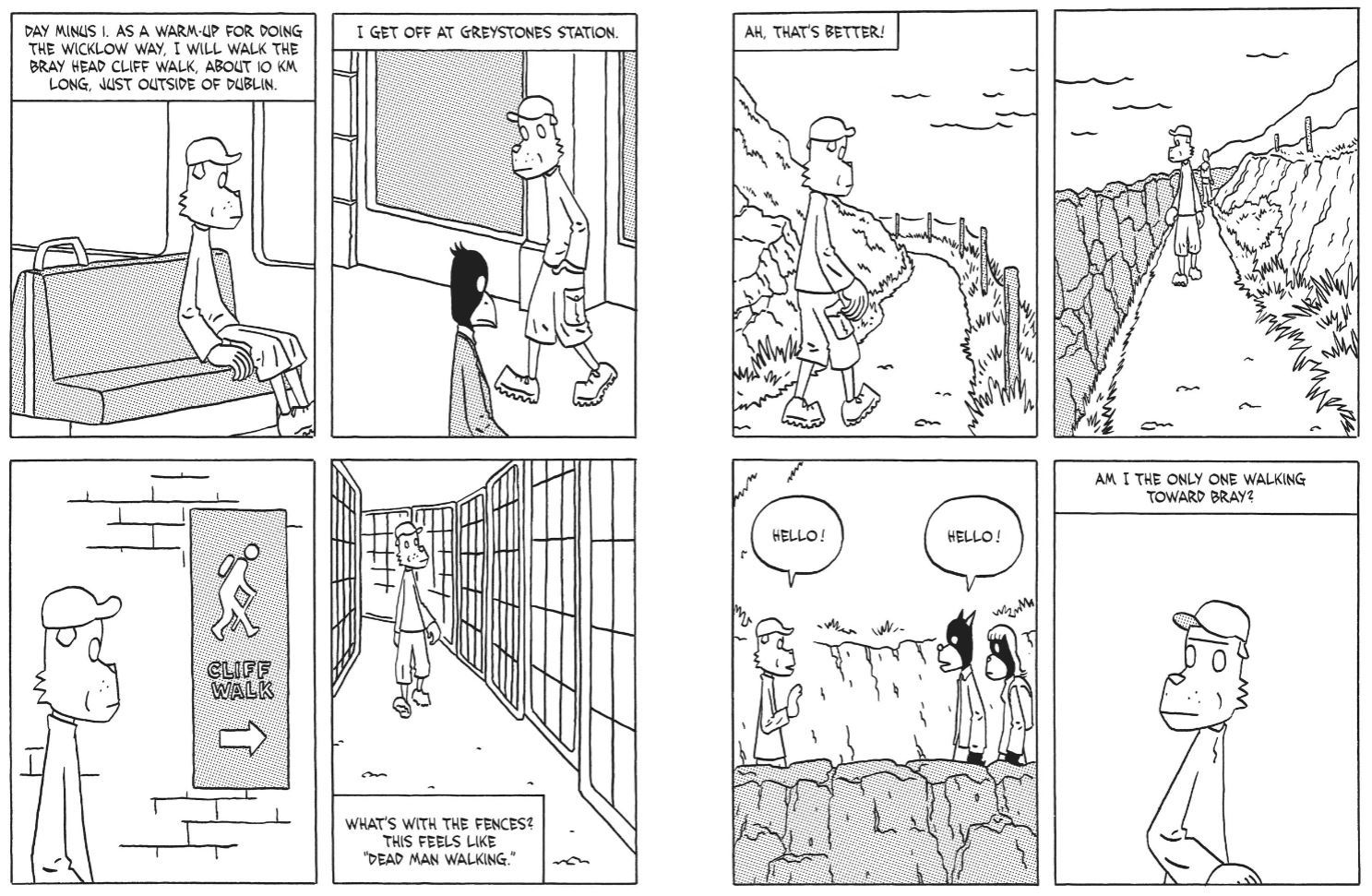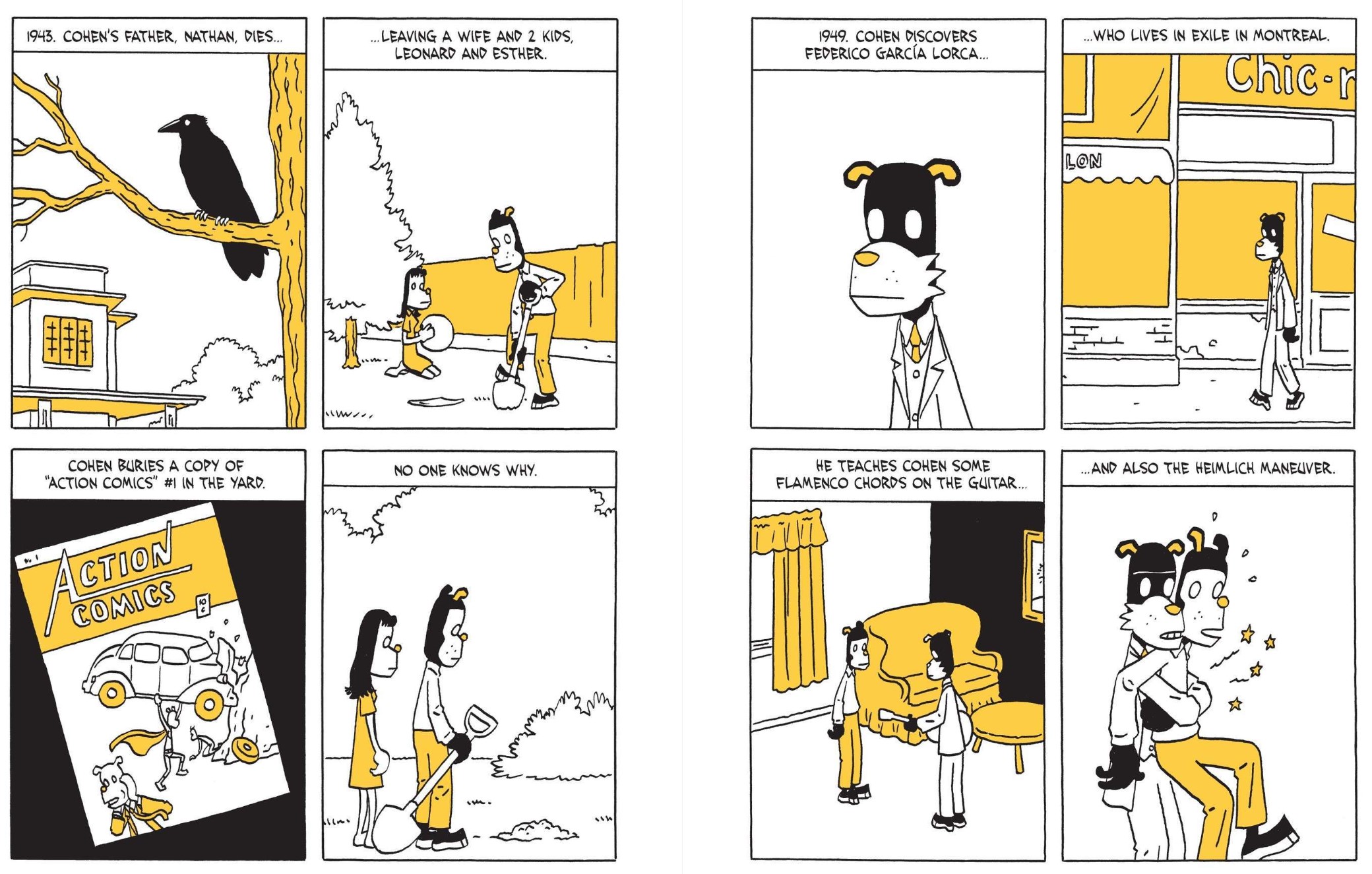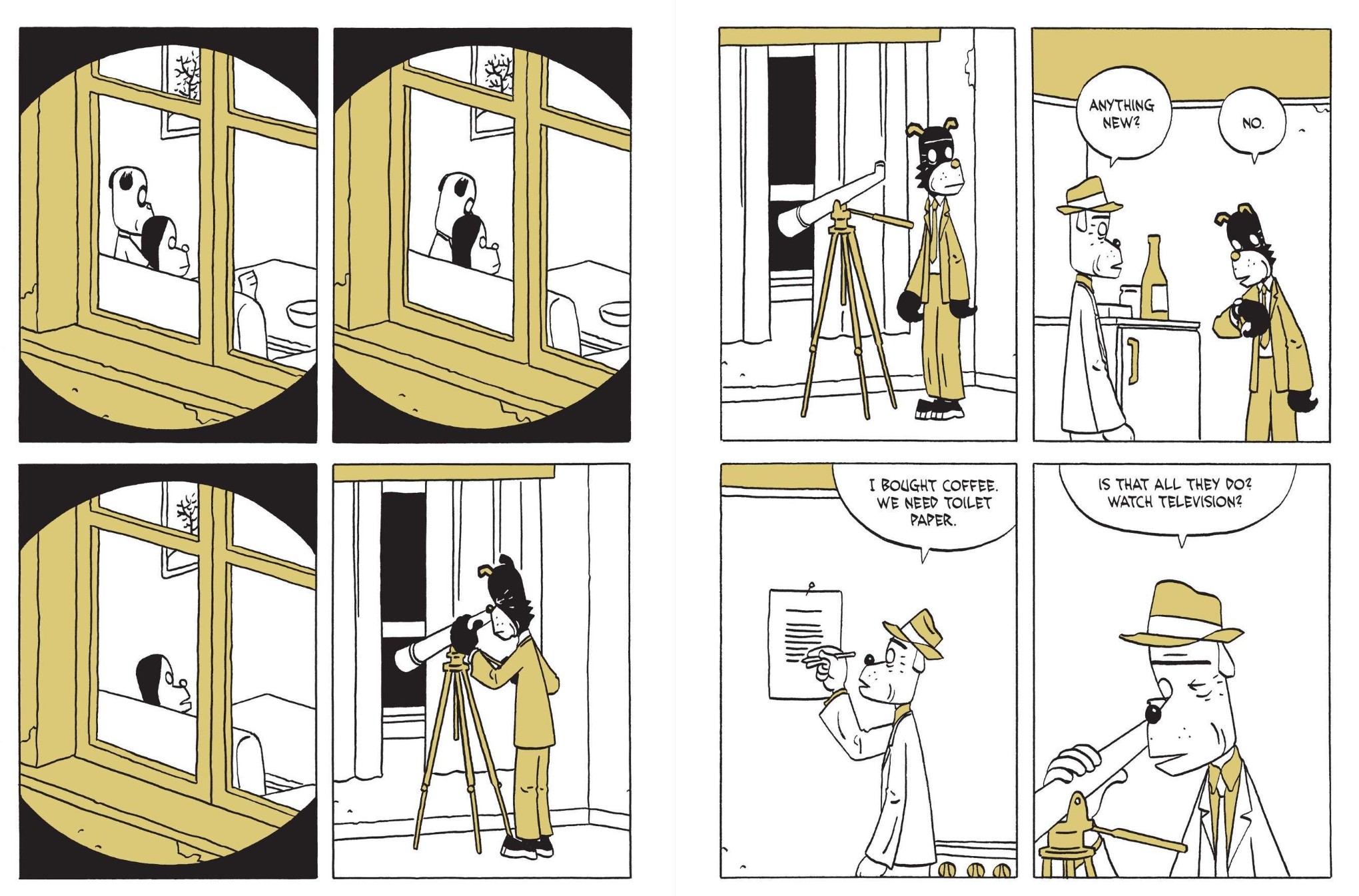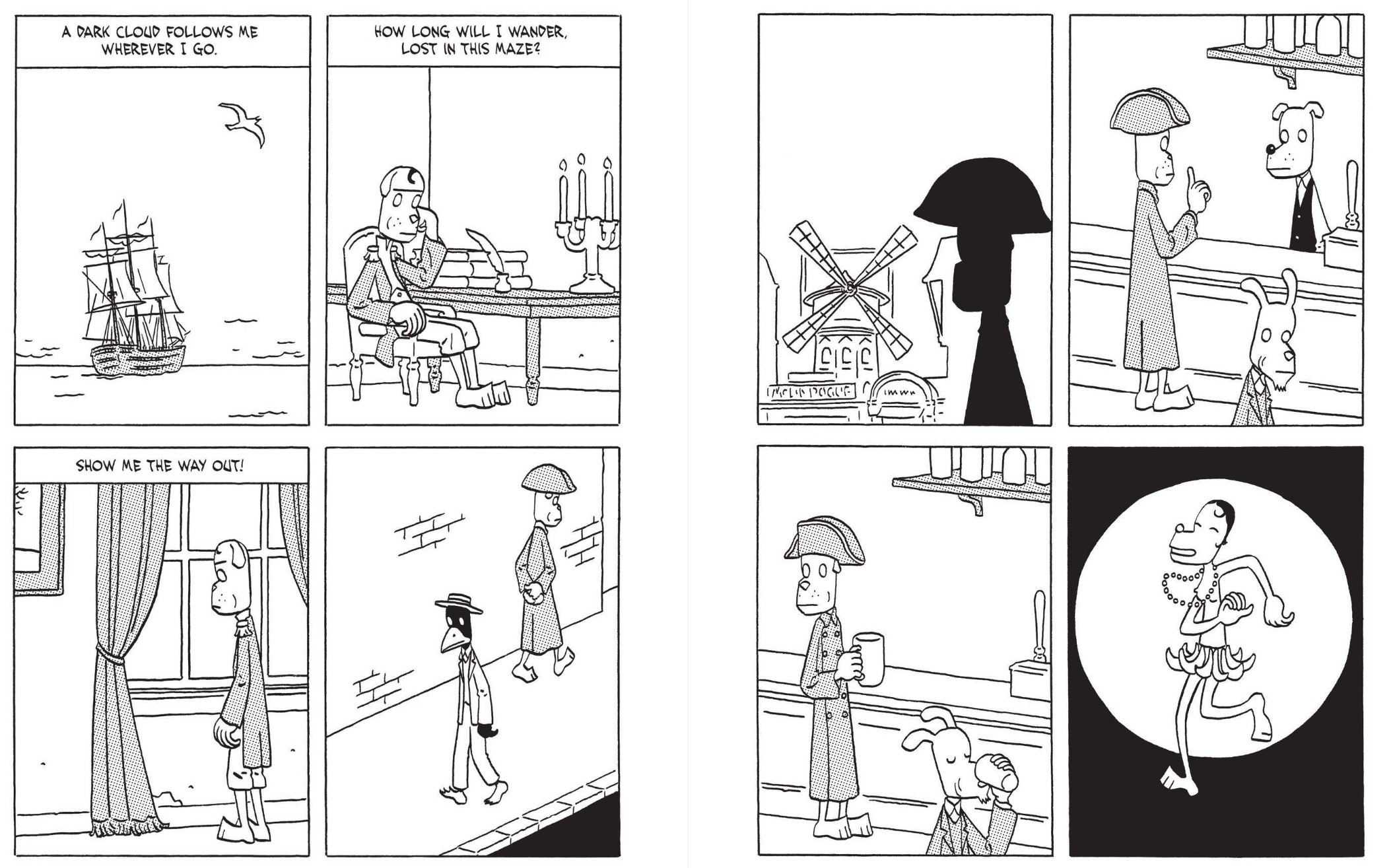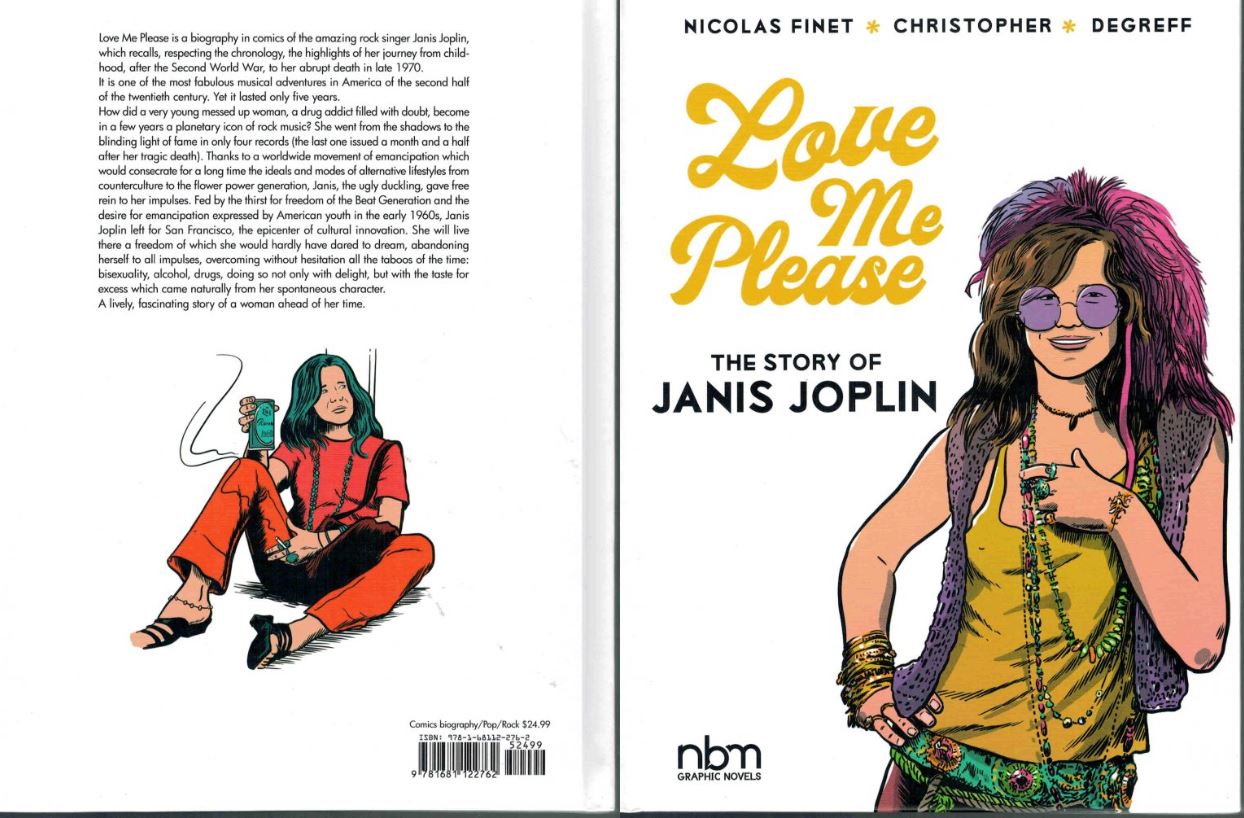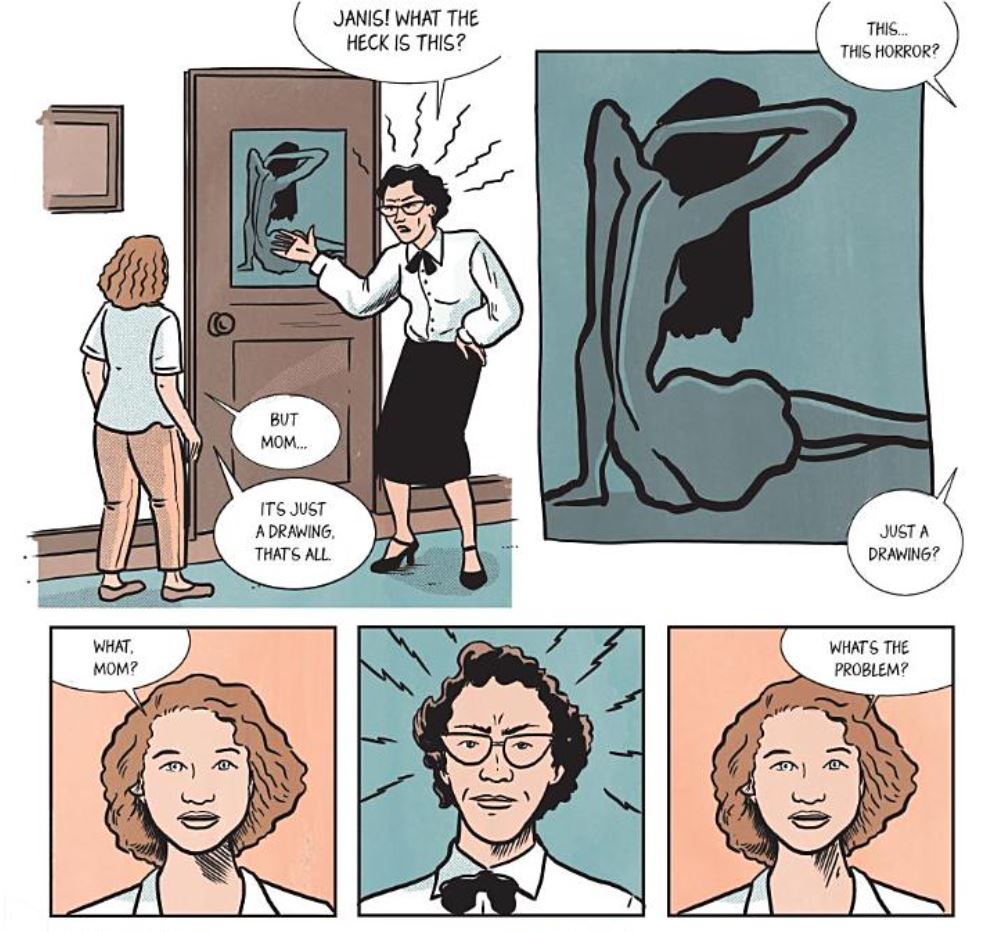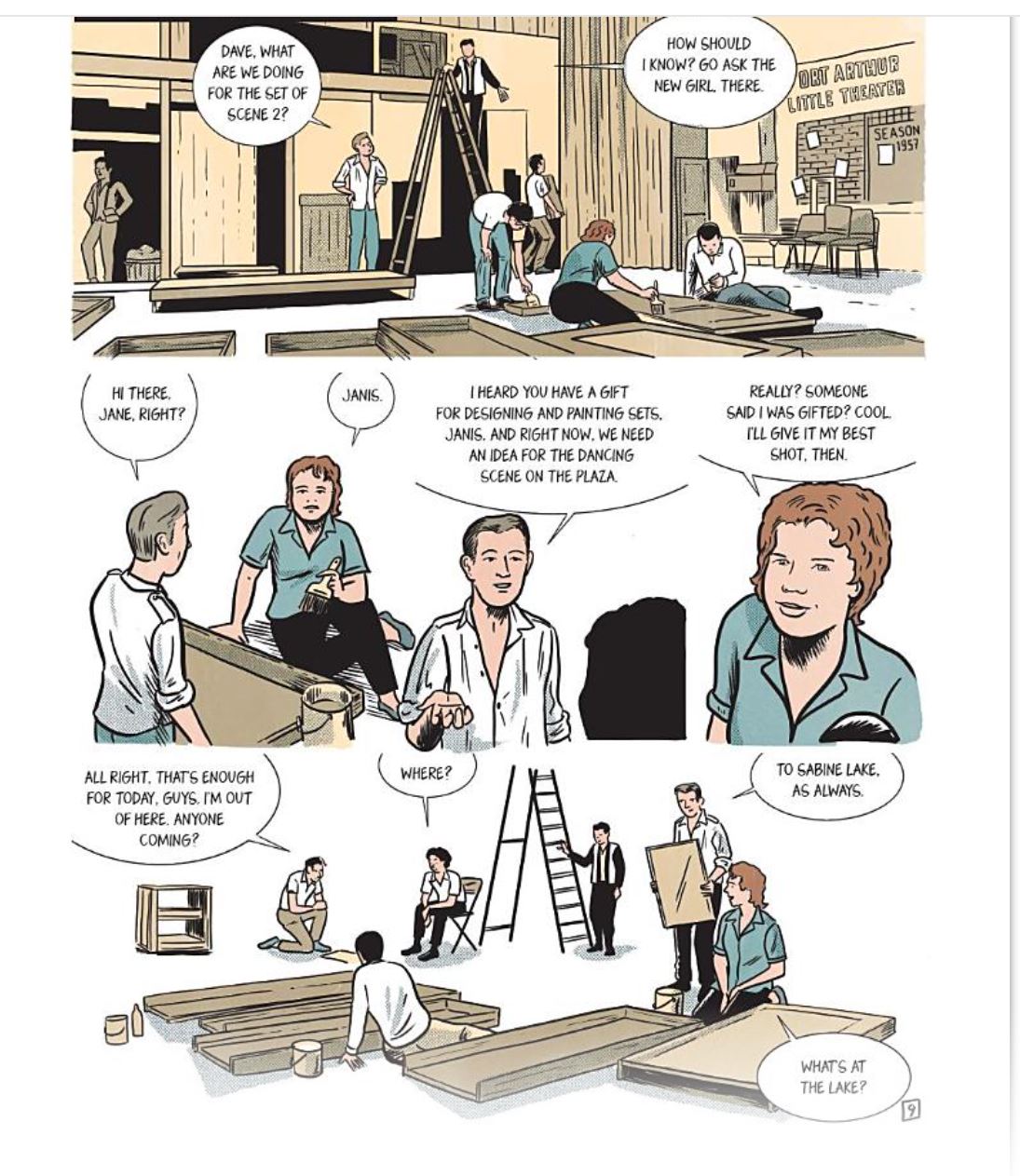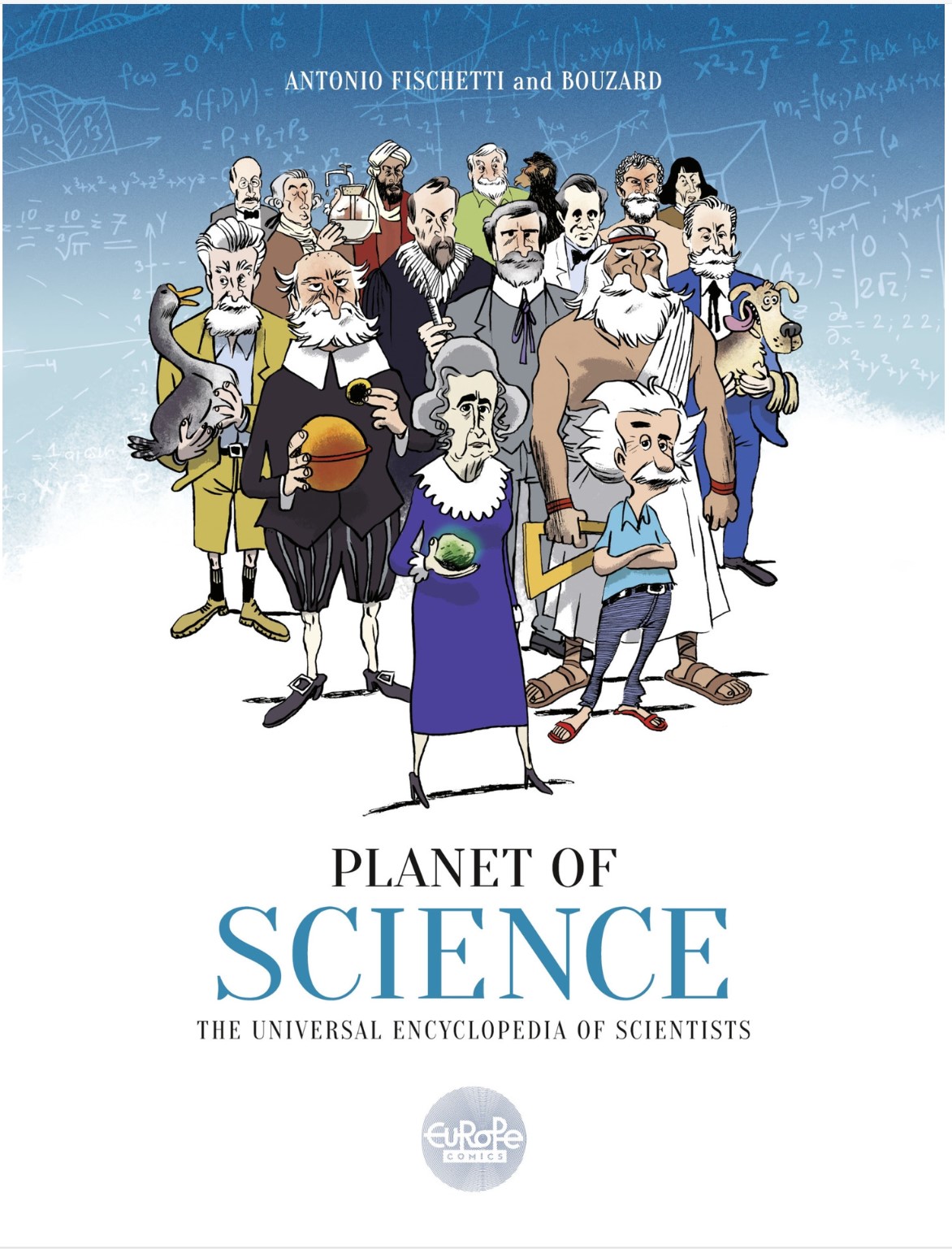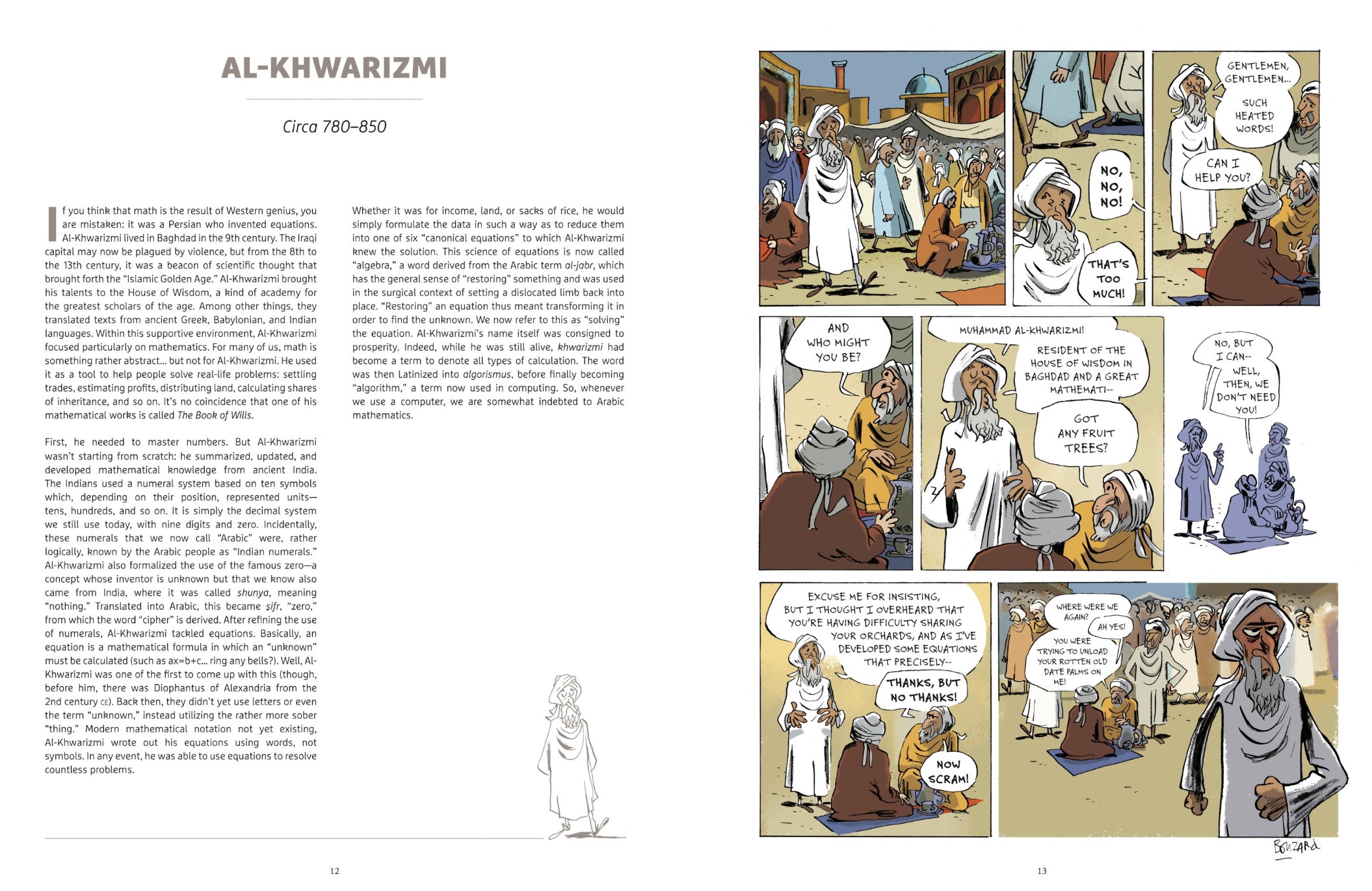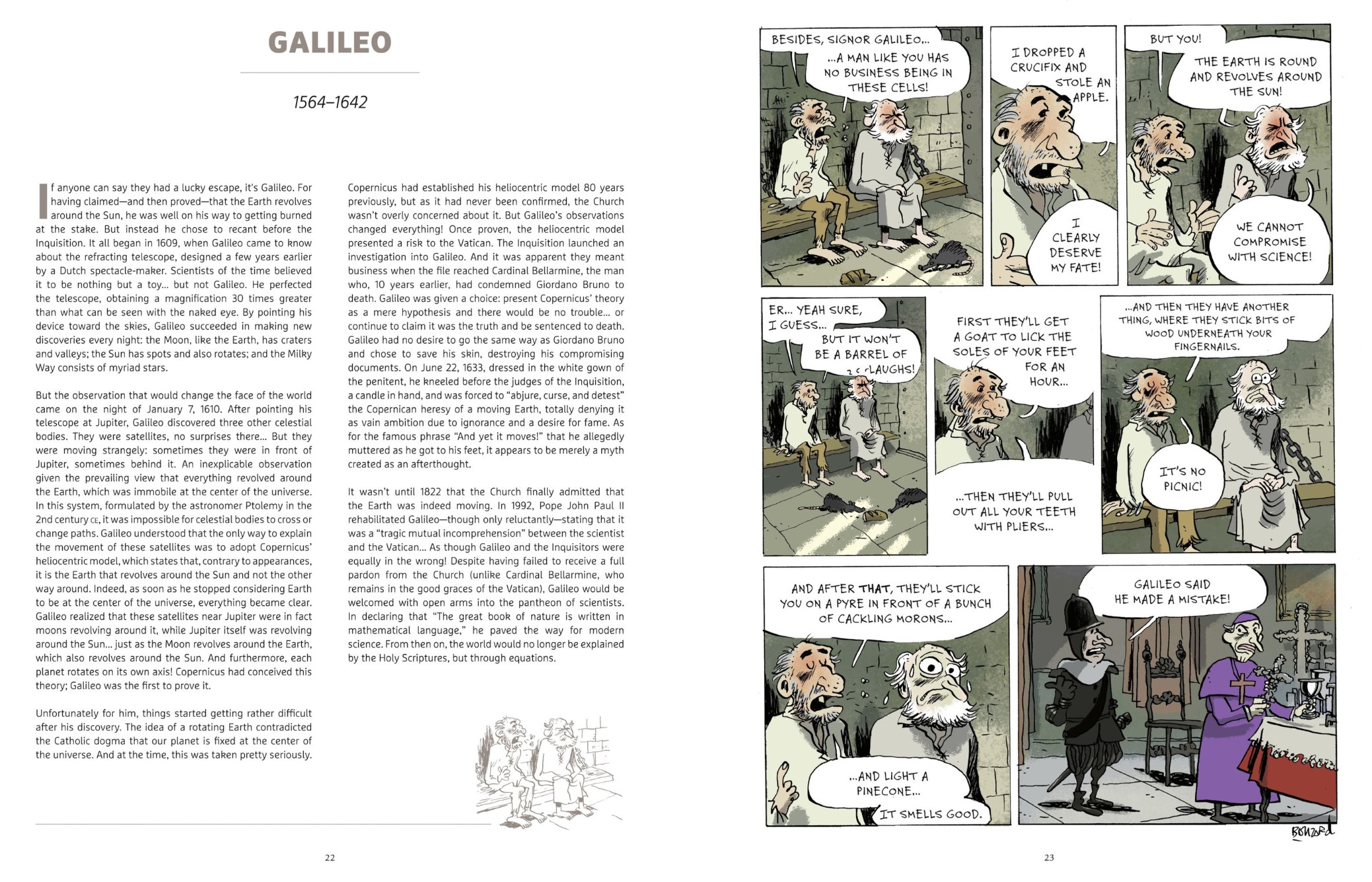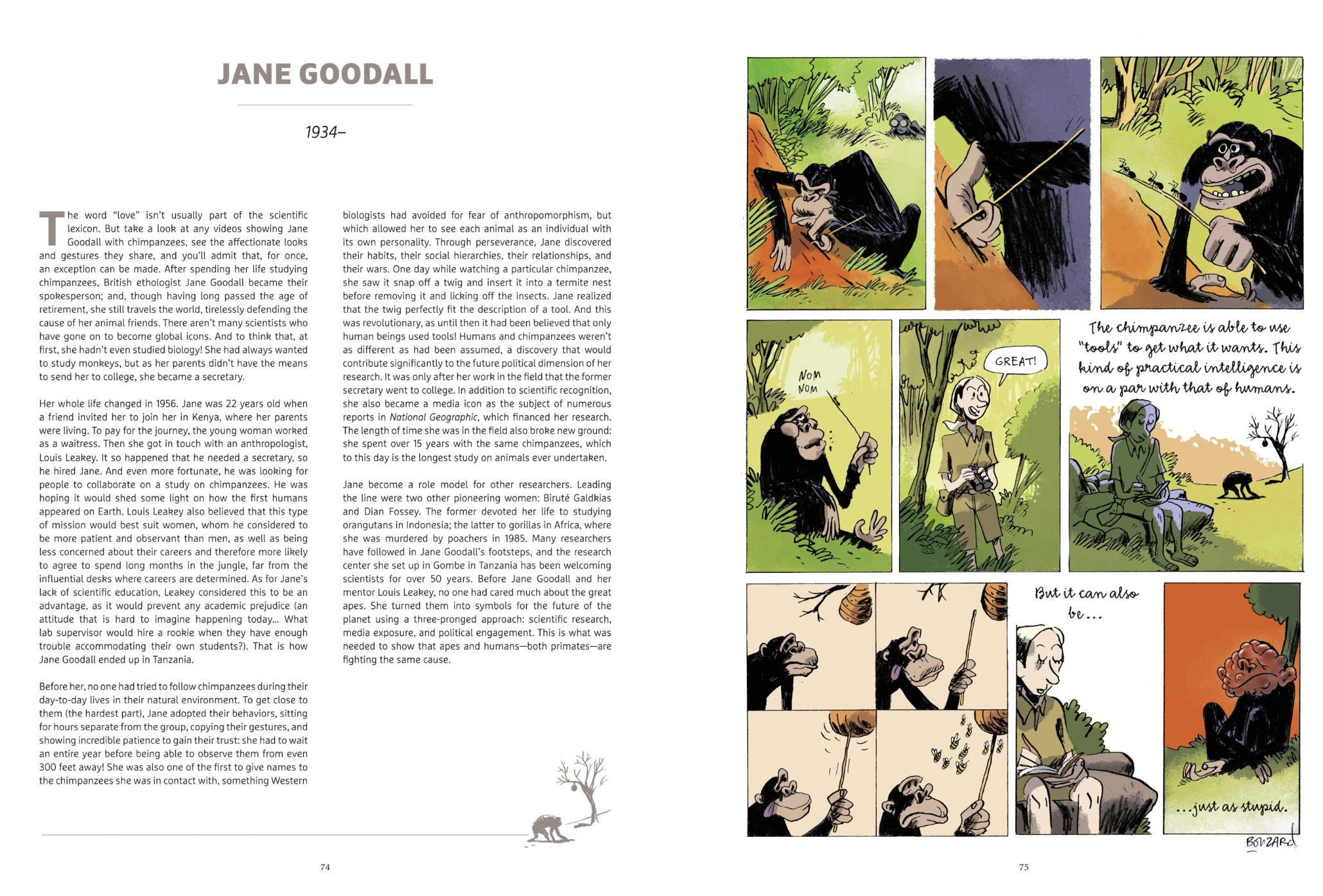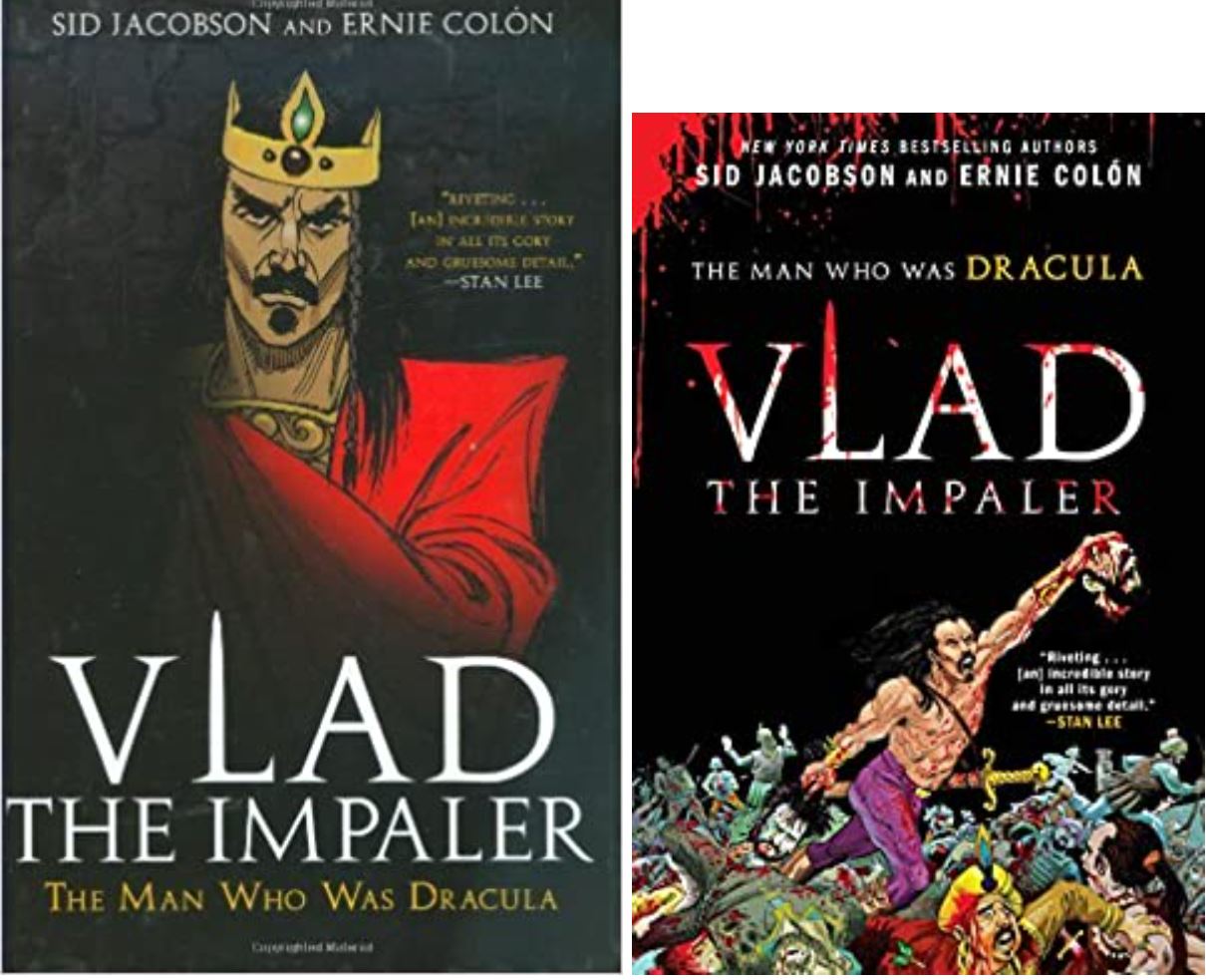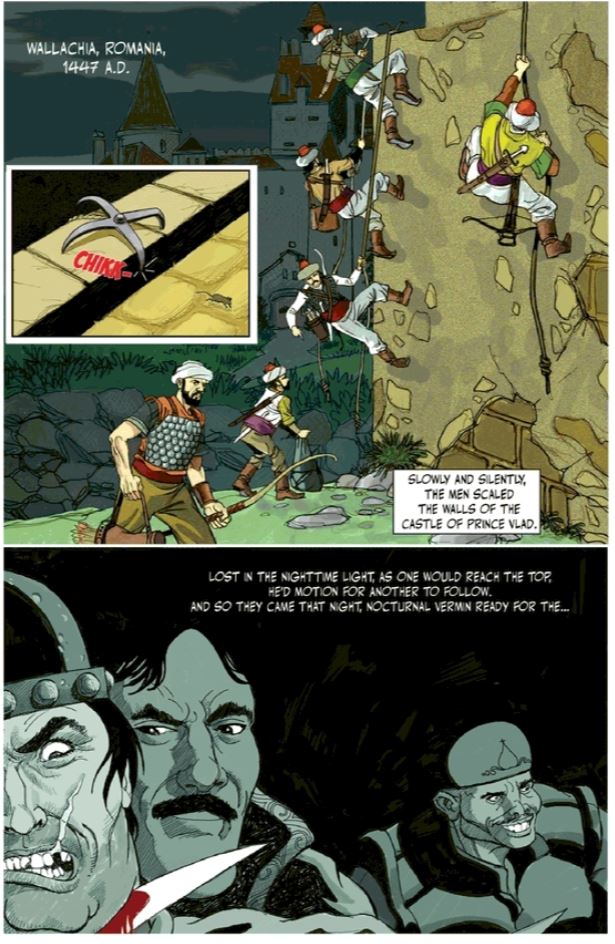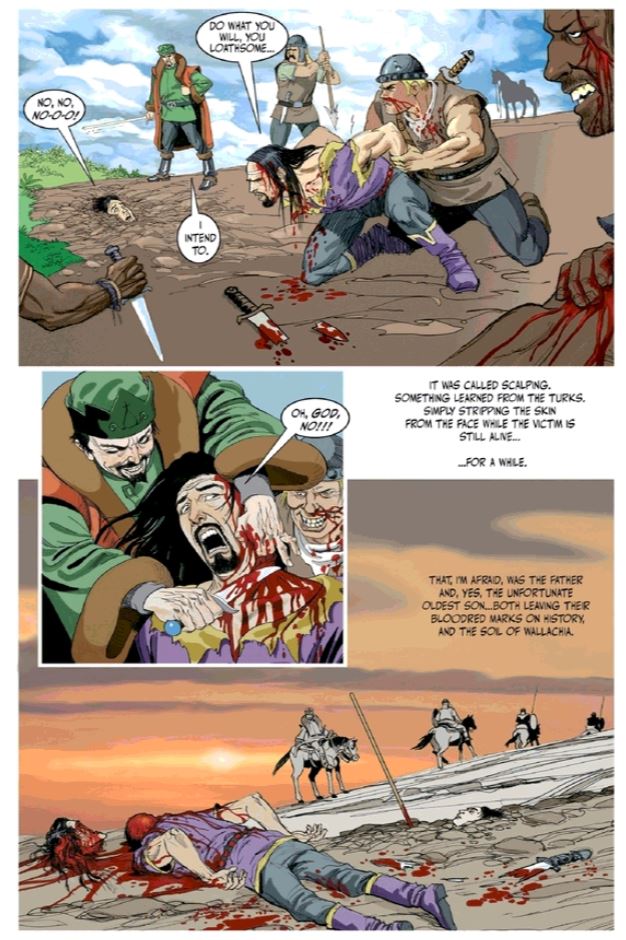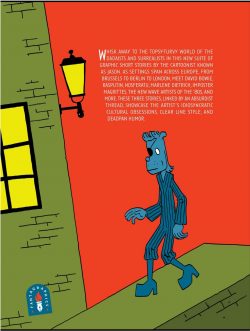
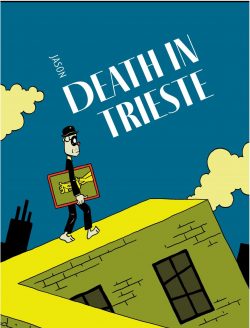
By Jason (Fantagraphics Books)
ISBN: 979-8-8750-0125-3 (HB/digital edition)
Win’s Christmas Gift Recommendation: Absurdly Enchanting Comics Capers… 9/10
This book includes Discriminatory Content included for dramatic, comedic and ironic effect.
Born in 1965 in Molde, Norway, John Arne Sæterøy is known by enigmatic, utilitarian nom de plume Jason. The shy & retiring auteur first took the path to cartoon superstardom in 1995, once debut graphic novel Lomma full ay regn (Pocket Full of Rain) won Norway’s biggest comics prize: the Sproing Award. From 1987 he had contributed to alternate/indie magazine KonK while studying graphic design and illustration at Oslo’s Art Academy.
From there he took on Norway’s National School of Arts and, on graduating in 1994, founded his own comic book Mjau Mjau. Constantly refining his style into a potent form of meaning-mined anthropomorphic minimalism, Jason cited Lewis Trondheim, Jim Woodring & Tex Avery as primary influences. He moved to Copenhagen, working at Studio Gimle alongside Ole Comoll Christensen (Excreta, Mar Mysteriet Surn/Mayday Mysteries, Den Anden Praesident, Det Tredje Ojet) & Peter Snejbjerg (Den skjulte protocol/The Hidden Protocol, World War X, Tarzan, Books of Magic, Batman: Detective 27). Jason’s efforts were internationally noticed, making waves in France, The Netherlands, Slovenia, Spain, Germany and other Scandinavian countries as well as the Americas. He won another Sproing in 2001 – for self-published series Mjau Mjau – and in 2002 turned nigh-exclusively to producing graphic novels. He won even more major awards.
His breadth of interest is wide & deep: comics, movies, animated cartoons, music, literature art history and pulp fiction all feature equally with no sense of rank or hierarchy. Jason’s puckish, egalitarian mixing & matching of inspirational sources always and inevitably produces picture-treatises well worth a reader’s time. Over a succession of tales he has built and re-employed a repertory company of stock characters to explore deceptively simplistic milieux based on classic archetypes distilled from movies, childhood yarns, historical and literary favourites. These all role-play in deliciously absurd and surreal sagas centred on his preferred themes of relationships and loneliness. Latterly, Jason returned to such “found” players as he built his own highly esoteric universe, and even has a whole bizarre bunch of them “team-up” or clash…
As always, visual/verbal bon mots unfold in beguiling, sparse-dialogued, or even as here silently pantomimic progressions, with compellingly formal page layouts rendered in a pared back stripped-down interpretation of Hergé’s Claire Ligne style: solid blacks, thick outlines dominating settings of seductive monochrome simplicity augmented by a beguiling palette of stark pastels and muted primary colours.
A master of short-form illustrated tales, many Jason yarns have been released as snappy little albums perfect for later inclusion in longer anthology collections like this one which gathers a trio of his very best. The majority of tales brim with bleak isolation, swamped by a signature surreality. They are largely populated with cinematically-inspired, darkly comic, charmingly macabre animal people ruminating on inescapable concerns whilst re-enacting bizarrely cast, bestial movie tributes. That’s a style that has never been more apropos than right here, as the more modern Art Forms bow before the onslaught and tirade of organised anti-art philosophers and socially intellectual terrorists…
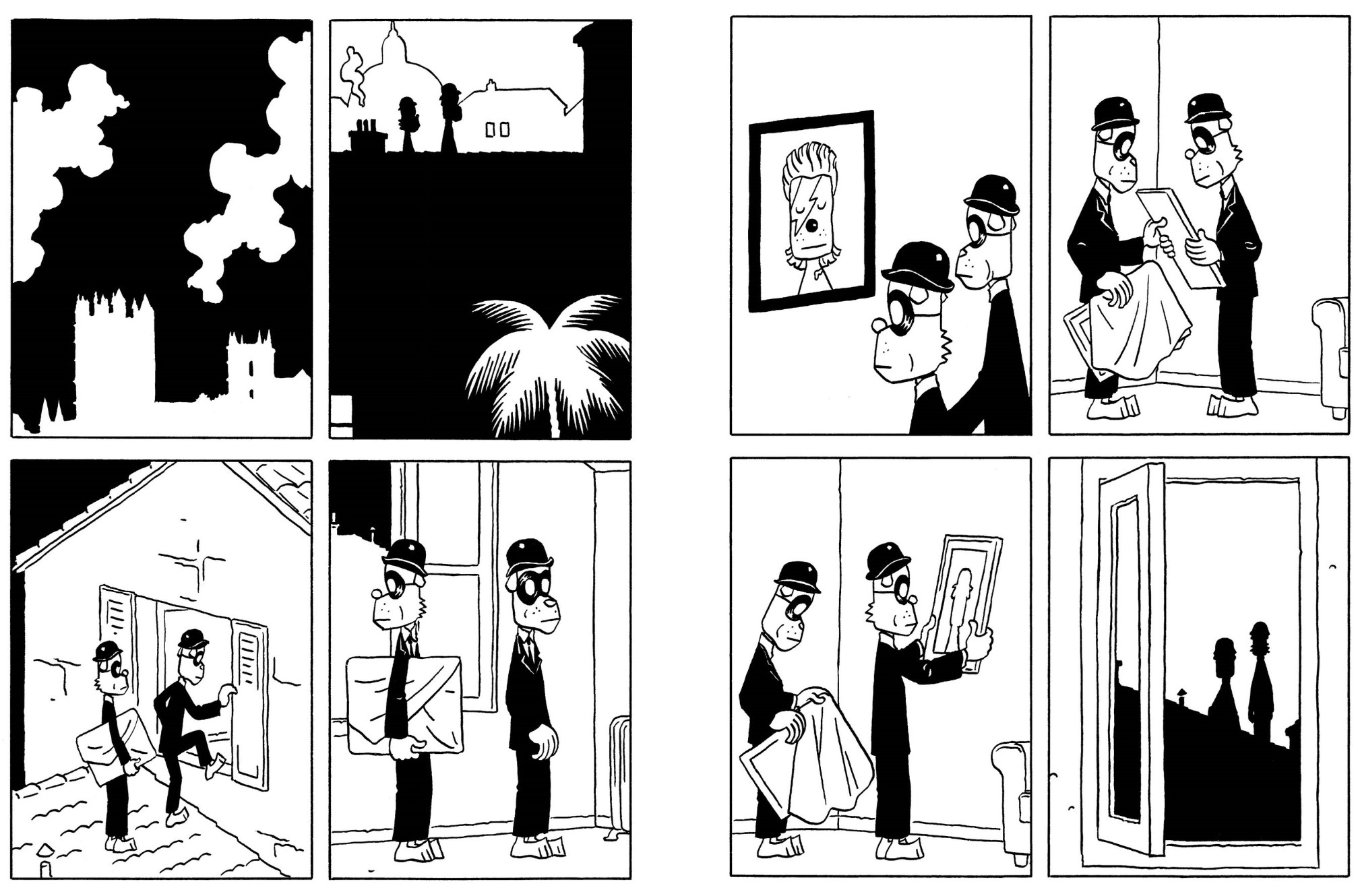
Linked by theme and character, it begins with ‘The Magritte Affair’ as dapper masked men haunt Paris, surreptitiously substituting domestic pictures (like David Bowie as Aladdin Sane) for knock-off Surrealist masterpieces. When seen by affronted householders the images can have mesmeric effects and even spark nervous breakdowns…
Incidences increase and before long special operatives Miss Mira Bell & Mr Bob Delon are assigned the case, but a break only comes after aging painter Victor Dubois is abducted. He proves to be only the latest of many…
After a violent but inconclusive clash with the bowler hat brigade, solid research takes the daring duo to Brussels and the Magritte Museum just as the incidents hit fever pitch. With oddly dressed zombies quoting surrealist doggerel in the streets Bell & Delon uncover the mastermind and motive to close the case… but not for long…
The delicious spoof of Steed & Peel’s Avengers gives way to darker espionage larks as ‘Death in Trieste’ opens on the much-protracted murder of Grigori Rasputin before switching time and place to Berlin in 1925 where a Dadaist convention welcomes time-lost David Bowie. Sadly, he’s more interested in compelling performer Marlene Dietrich, and not paying enough attention to the Nosferatu stalking rooftops and bedrooms…
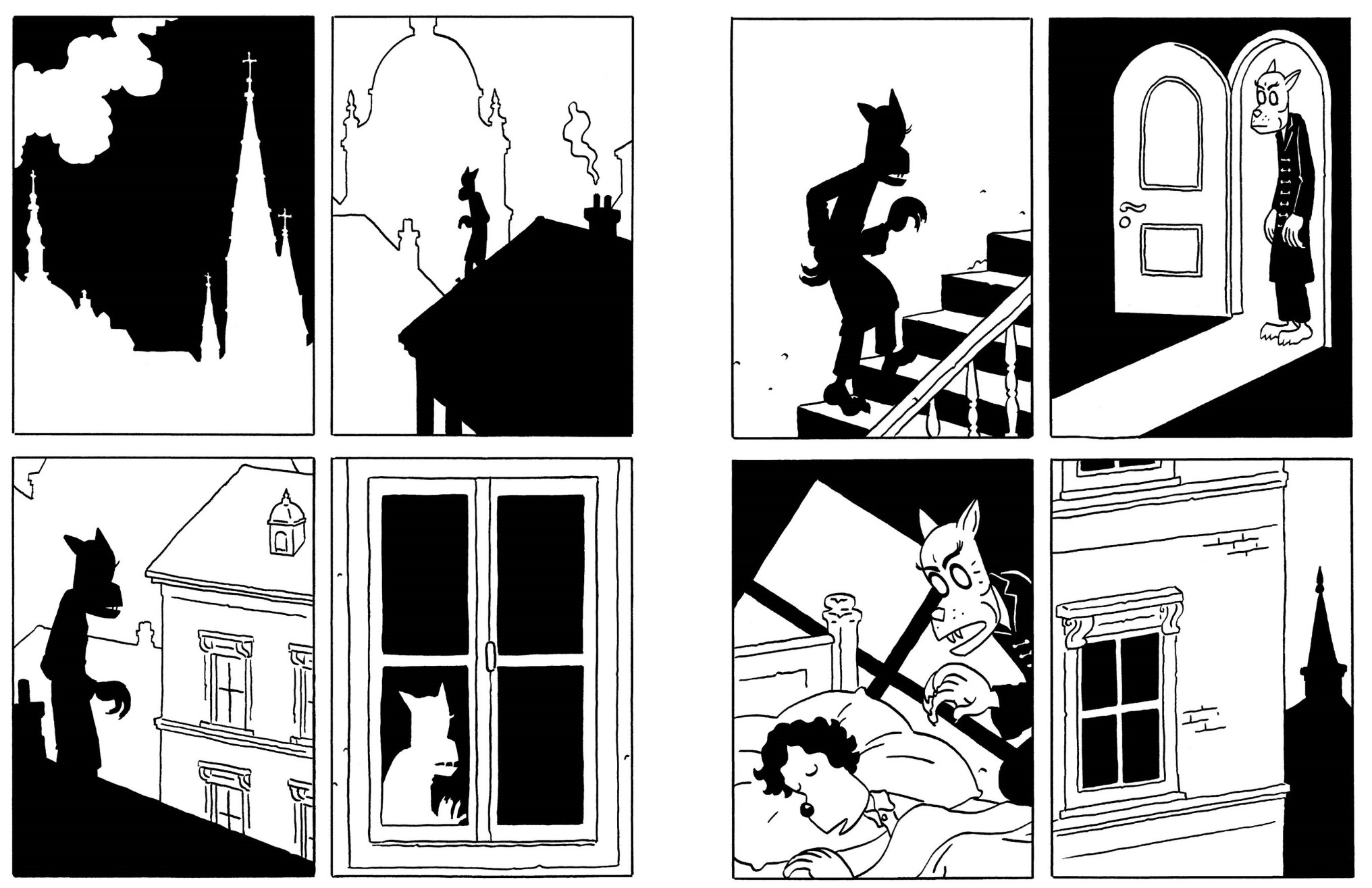
Nobody is paying attention to Rasputin’s skull and what it’s accurately predicting will befall Germany in the next twenty years…
As doomed lives converge and the Dadaists run riot, the chaos brings forth an immortal hero as undying musketeers Athos pops in for a quick look…
The warped wonderment sidles to a full stop with ‘Sweet Dreams’ as stone heads on Easter Island give musician Bono advance warning of doom. When an asteroid changes direction in the void and heads right for Earth, converging signs and portents trigger artists, musicians and madmen everywhere. As the dead rise in museums and elsewhere, only new romantic pop stars are ready and willing to unite and use their extraordinary abilities to combat an oncoming apocalypse. With Major Tom now in orbit for one final countdown, can hip sounds possibly succeed where science and magic have both failed?
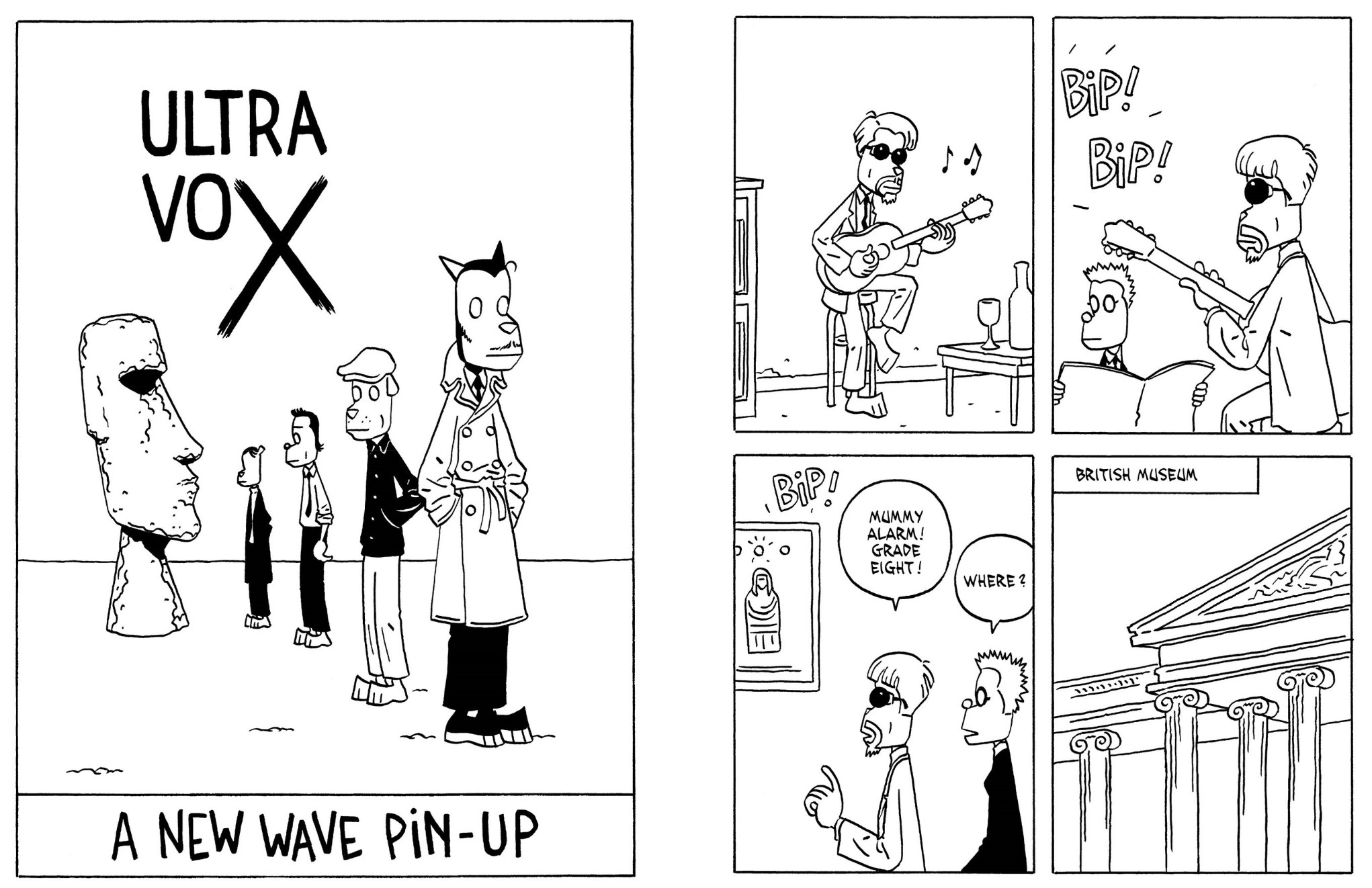
A delightful tip of the hat to spy shows, pop rock and horror movies disguised as an adventure in art history, Death in Trieste confirms the cosmic truth that Jason remains a taste instantly acquired: a creator any fan of the medium should move to the top of their “Must-Have” list.
All characters, stories, and artwork © 2019 Jason. This edition © Fantagraphics Books, Inc. All rights reserved.
Today in 1916 Lo Hartog van Banda was born. You only need to scroll back a bit to see him at work, whilst in 1948 Carl Thomas Anderson died. We dealt with him as much as possible in Henry Speaks for Himself.
Today in 1830 gloriously anti-monarchist satirical French weekly La Caricature began, and ran until 1843. Can you remember when Private Eye wasn’t the only cartoon voice of dissent and outraged injustice?

